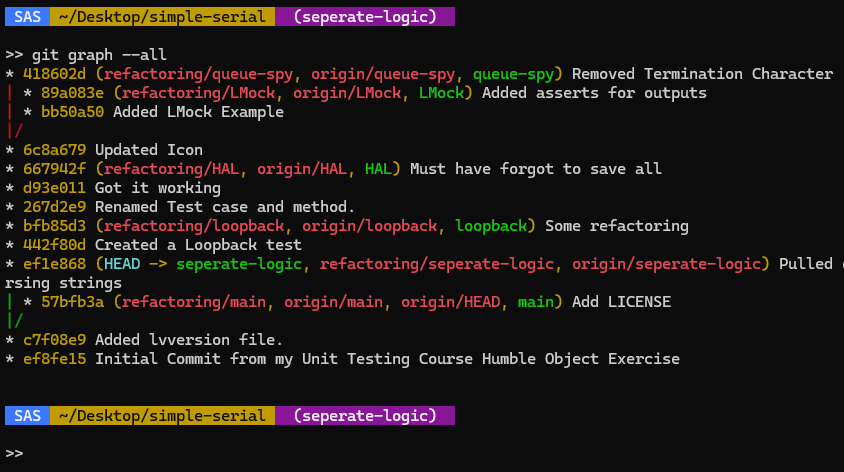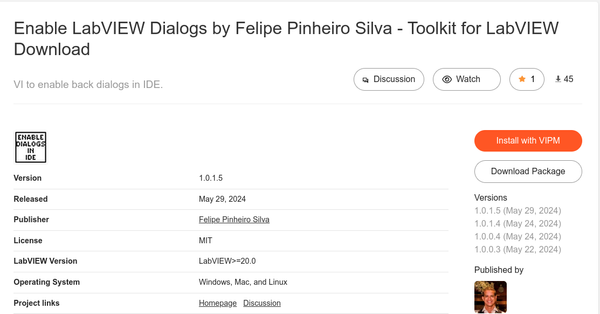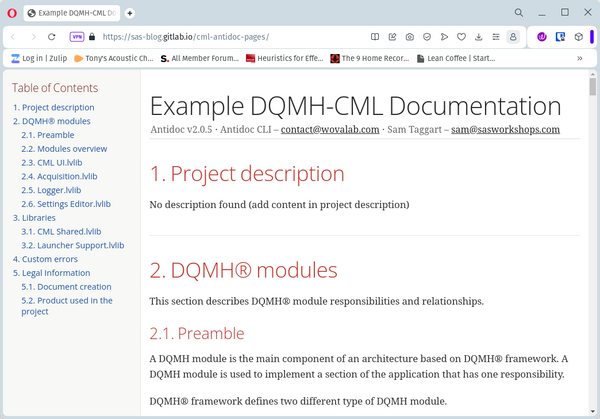
How to
A collection of 85 posts
























Publishing AntiDoc Documentation using GitLab Pages
I just discovered GitLab Pages recently. It has been around for a while, so this may not be news to anyone, but I'm sure it's news to at least one of my readers and I've found a somewhat novel use case for it, so I decided to do a blog post about it.
